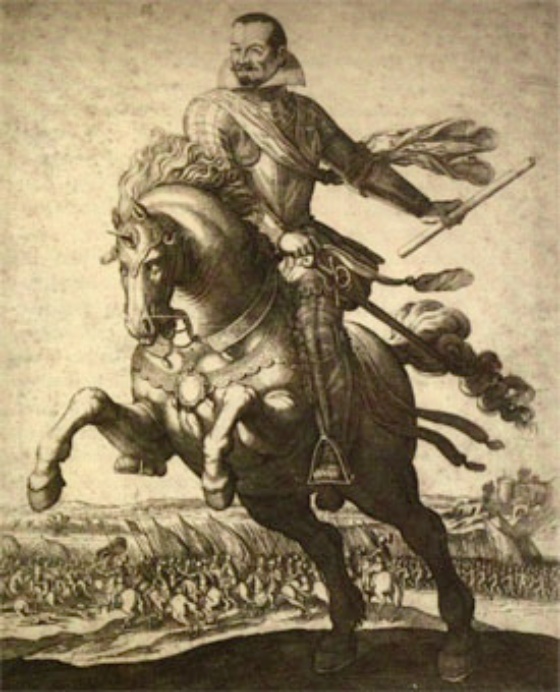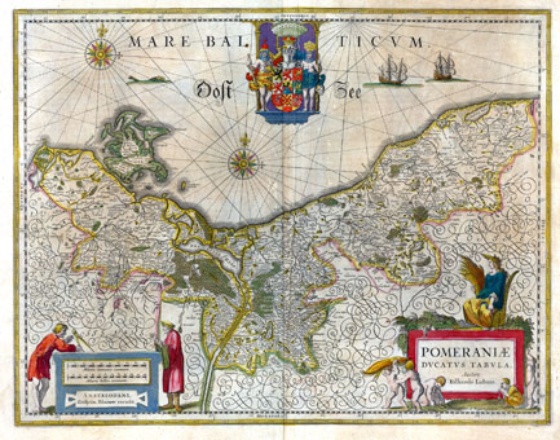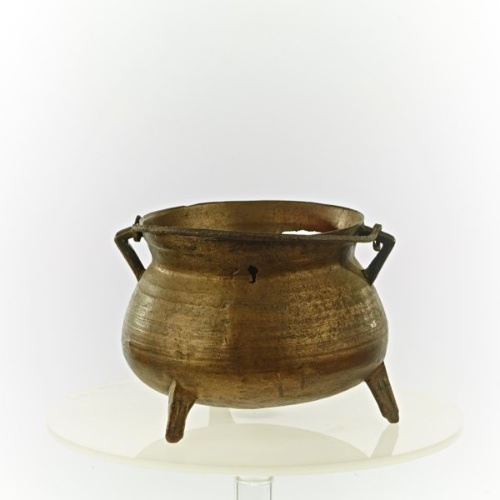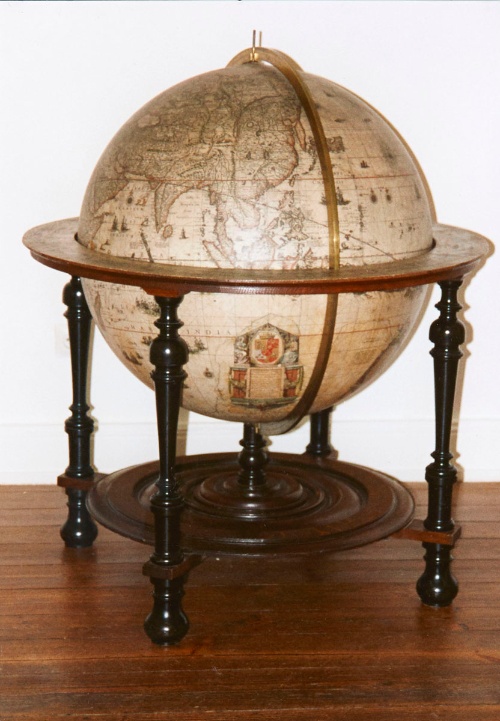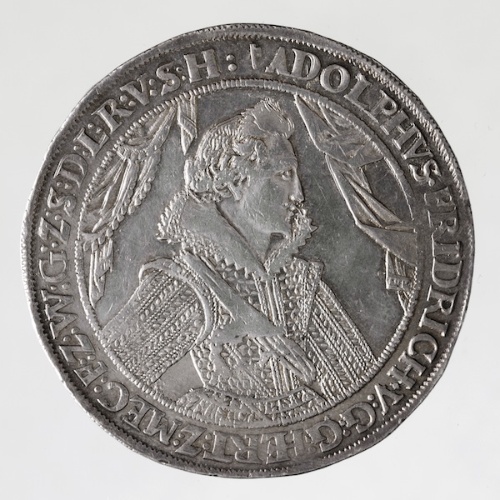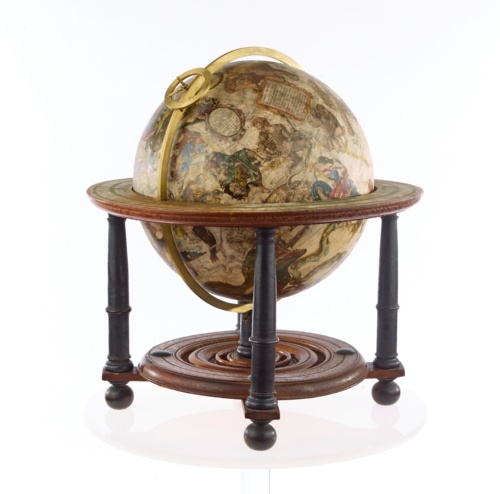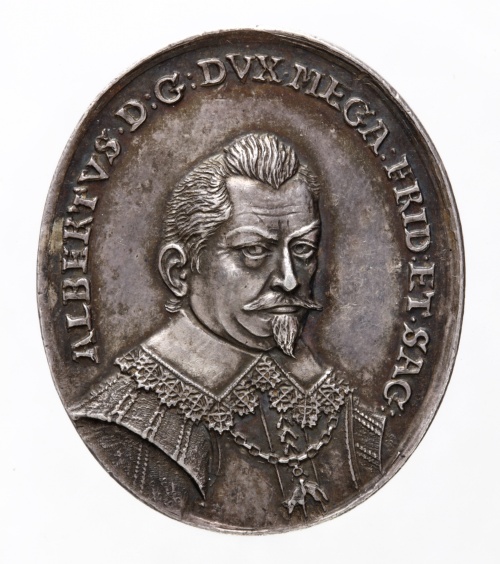At the end of the agricultural boom the increasingly self-sufficient knightly economies to the east of the Elbe ousted the peasant economies.
The second major territorial partition in 1621 divided the state into Mecklenburg-Schwerin and Mecklenburg-Güstrow. The Thirty Years‘ War (1618-1648) desolated the country. The siege of small towns and billeting of soldiers lead to the ruin of small tradesmen and merchants. The rural population regularly became victims of marauding soldiers and groups.
The state was conquered by the imperial general Albrecht von Wallenstein in 1628. He was elevated by the Emperor to Duke of Mecklenburg who reported directly to the Emperor. Yet after his murder his approaches to reform were withdrawn. In 1648 Wismar with the island of Poel and the administrative town of Neukloster fell to Sweden.
The war stunted progress in arts and sciences. It led to a brutalisation of conventions. There was an increase in superstition and denunciations due to witchcraft and wizardry.
